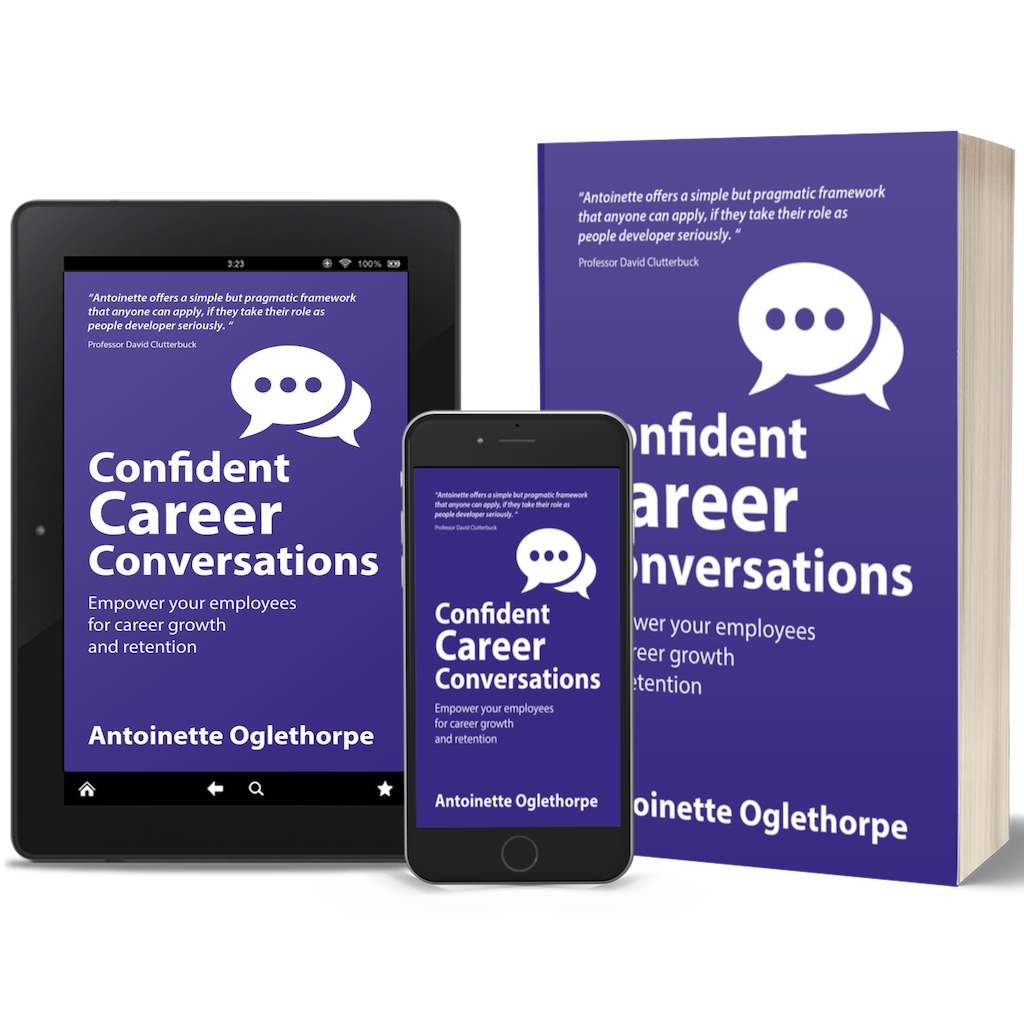We often talk about the future of work. But what actually is it? Well, the future of work is actually already here. The way we work is fundamentally different from how it was 50, 30 or even 10 years ago.
The world of work is more dynamic and chaotic than ever. In our parents’ or grandparents’ generations, they would accept a job and hold onto it throughout the entire duration of their careers. But those days are over and done with.
These days, there is no such thing as a ‘job for life’.
Things are in a constant state of flux – whole industries have been created in the last few decades alone, with many likely to disappear in the coming years. At the same time, attitudes to work are changing. Younger generations increasingly reject the predictability and stability of the traditional career path. Instead, they want a more varied, interesting and flexible one.
There are five key shifts, in the future of work, we need to be aware of:
1: Technology
Our vision of the future is often filled with imaginative, technological wonders that make life easier and give us more time for fun and leisure. Yet, these dreams of “tomorrow’s world” haven’t always lived up to their promises. Rather than freeing us from work, our digital devices seem to have connected us to work more than ever. Exponential advances in technology are changing things around us every day. Artificial intelligence, big data, robotics and automation aim to reduce labour, and help with complex tasks. But these same innovations bring uncertainty and worry for those whose lives and jobs may be affected by these changes.
Estimates show 45% of the jobs people perform today could be automated using future technological reforms
It’s easy to buy into the hype that new and disruptive technologies — particularly, artificial intelligence (AI) — are job killers. But technology’s power to change the nature of work, and make some jobs obsolete in the process, is nothing new. Neither is the fact that technology can create new markets and career paths — and provide opportunities to be more productive and innovative.
There will be obvious casualties: Self-driving cars will replace drivers. And cashiers have already been displaced by self-checkouts and online stores. But with these losses come new opportunities, at least for those flexible enough to adapt. We’ve seen through successive human revolutions—agricultural, industrial, digital—how new technology inevitably brings in new jobs. In the short term, robots will become our co-workers before they become our successors. Humans will be needed to operate and repair smart machines, maximize their utility, and manage their workflow.
2: Changing demographics
The make-up of the global population is changing, with significant and direct impacts on the demographics of the workforce. People are living and keeping fit for longer and outliving the estimations of pension schemes, meaning many must stay in work for longer. As a result, many workplaces have four (or even five) generations working side by side. These groups have grown and matured with different influences on their lives. As such, values, skills and attitudes to work can vary considerably across groups. The past 70 years have also seen a dramatic increase in the participation of women leading to increasing diversity in the workplace.
An increasingly diverse workforce needs more alternative ways of working.
Younger generations no longer want to be tied to a desk all day, working for the same company for years on end. Millennials and Gen Z – the very people set to dominate the world of work over the next few decades – are more resilient to change and uncertainty. They also crave meaning and ownership in their work – something that may be difficult to find in typical full-time employment.
Gen Z in particular have grown up in a world shaped by the internet and mobile technology, with no connection to a time before it. The chances of this generation embracing a way of working rooted in the twentieth century are virtually nil.
3: The global pandemic
In only a few months, the coronavirus pandemic has rapidly changed the way lots of people work. COVID-19, has really accelerated a lot of changes that were already happening in the economy in relation to virtual and remote working. Many may find themselves in this situation for the long haul, as organisations struggle to find a path forward.
4: Globalisation
Globalisation has been a powerful driver of change. Conventional “nuclear” businesses, operating from a single base with a traditional “9 to 5” workforce of permanent employees, are becoming fewer. Many businesses have adopted more varied ways of working in the face of an international footprint. At the same time, organisations are realising the strategic benefits that an agile workforce can offer. Forward-thinking organisations are creating competitive advantages by adopting digital innovations, trialling flexible working models and embracing global, blended workforces.
The fast pace of globalisation is also changing the face of the workforce through greater cross-border collaboration, virtual team-working and distributed workforces. Businesses can gain competitive advantages from their ability to source talent from a wide talent pool, leading to increased engagement, innovation and productivity.
5: Business shift
There are 100 million new businesses per year. This is driving a shift from large corporations to a more entrepreneur-driven society. The rise of the gig economy has made it easier for people to take their work lives into their own hands, giving them the freedom to work when and where they want. This can be particularly attractive and lucrative for skilled professionals such as web developers, who can leverage their skills for greatest advantage.
So, what is worrying about the future of work? Well, with automation, increased productivity, and robots, it is estimated that two billion jobs will disappear by 2030.
But while you may not be able to future-proof your job, you can future-proof your career.
Have an open mind about what the change may bring. Look upon change as an opportunity for growth rather than fearing the shift in status quo. When businesses adopt new technologies and automations, they free employees to perform other, more value-adding work. This is a great opportunity to shine, provided you’re ready to take more responsibility for your careers — and are working to future-proof it.
Your ability to be flexible and take full advantage of change will be the difference between being left behind and using it as an opportunity to develop and progress.
If you’re looking to take ownership of your career development or help your employees to take ownership for their careers, our Career Compass Workshop will do just that. It gives the tools needed to prepare for career conversations, in order to get the support needed to develop. The Career Compass Workshop is designed for individuals in organisations. It is a chance for individuals to plan their professional development and shape their future in the organisation.



